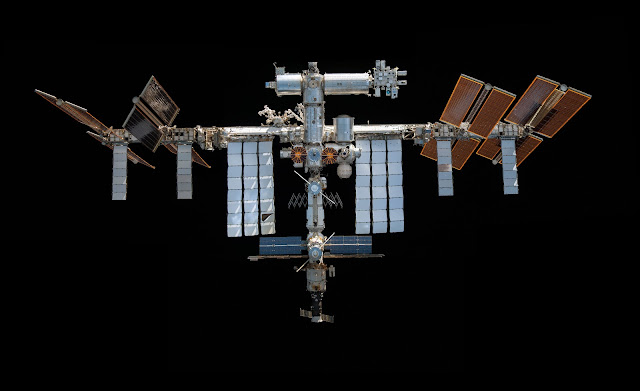American Astronaut Milestone on Space Station | This Week @NASA
Feb. 4, 2022: A milestone for a NASA astronaut, a plan for the future of the space station, and moving a step closer to an historic mission to the station . . . a few of the stories to tell you about – This Week at NASA!
NASA astronaut Mark Vande Hei has lived in space continuously for 300 days since launching and docking to the orbiting lab on April 9, 2021. He is on his way to surpassing Christina Koch’s 328-day mission on March 3 and Scott Kelly’s 340 days on March 15. Vande Hei will return to Earth on March 30 with a NASA astronaut record-breaking 355 consecutive days in Earth orbit.
Learn more about the important research being operated on Station:
https://www.nasa.gov/iss-science
For more information about STEM on Station:
https://www.nasa.gov/stemonstation
Expedition 66 Crew:
Commander: Anton Shkaplerov of Roscosmos (Russia)
Roscosmos (Russia) Flight Engineer Pyotr Dubrov
European Space Agency (ESA) Flight Engineer Matthias Maurer (DLR/German Aerospace Center)
NASA (U.S.) Flight Engineers: Thomas Marshburn, Raja Chari, Kayla Barron, and Mark Vande Hei.
The International Space Station (ISS) Program’s greatest accomplishment is as much a human achievement as it is a technological one—how best to plan, coordinate, and monitor the varied activities of the Program’s many organizations.
An international partnership of space agencies provides and operates the elements of the ISS. The principals are the space agencies of the United States, Russia, Europe, Japan, and Canada. The ISS has been the most politically complex space exploration program ever undertaken.
Learn more about the important research being operated on Station:
https://www.nasa.gov/iss-science
For more information about STEM on Station: https://www.nasa.gov/stemonstation
STEM is an acronym for the fields of science, technology, engineering and math.
Credit: National Aeronautics and Space Administration (NASA)
Duration: 3 minutes, 24 seconds
Release Date: February 4, 2022
#NASA #Space #ISS #Astronaut #MarkVandeHei #JSC #American #UnitedStates #Expedition66 #International #STEM #Education #TWAN #Video







